In my headshots I am going to use a range of photographers to inspire my work so that I can make my images more exciting and mysterious.
Thomas Ruff:
I would like to use inspiration from Thomas Ruff’s work as his images resemble a passport photo using the deadpan aesthetic. This would be the criteria for his subjects.
- eyes must be open and clearly visible, with no flash reflections and no ‘red eye’
- facial expression must be neutral (neither frowning nor smiling), with the mouth closed
- photos must show both edges of the face clearly
- photos must show a full front view of face and shoulders, squared to the camera
- the face and shoulder image must be centred in the photo; the subject must not be looking over one shoulder (portrait style), or tilting their head to one side or backwards or forwards
- there must be no hair across the eyes
- hats or head coverings are not permitted except when worn for religious reasons and only if the full facial features are clearly visible
- photos with shadows on the face are unacceptable
- photos must reflect/represent natural skin tone
I really like this form because the photographs produced are clean cut and look extremely formal.
The Deadpan Aesthetic:
The word “Deadpan” can be traced to 1927 when Vanity Fair Magazine compounded the words dead and pan, a slang word for a face, and used it as a noun. In 1928 the New York Times used it as adjective to describe the work of Buster Keaton, however Thomas Ruff familiarised himself with this aesthetic i his work too.
Deadpan photography shows people in their natural state, emotionless and detached. These subjects are not posed, are not dressed up for the occasion, and seem completely honest. I really like this aspect because it gives a tone of authenticity to the work and broadcasts people in the real world truthfully.
This style originated in Germany and is descended from Neue Sachlichkeit, New Objectivity, a German art movement of the 1920s that influenced the photographer August Sander who systematically documented the people of the Weimar Republic.
Deadpan portraits are typically shot in a straightforward, uncontrived manner. The photographer does not use any special angles, lighting, or props to create an emotional or dramatic effect. Instead, the subject is simply captured as they are, in their natural environment.
In my work, I could use coloured gels to add more life and saturation into the image as my subjects will be emotionless.
Bruce Gilden:
Bruce Gilden is one of the most iconic street photographers known for his confrontational and graphic images of a close-up subject. His work is around this due to being fascinated by the life on the streets and the complicated and captivating motion it involves in his childhood. His work has a high degree of intimacy and directness which have become signature in his work called FACE. Typically, people used are not the average person and have blemishes or look uncomfortable/awkward. Many people may say he is the most aggressive street photographer due to the rawness and realness of his images.
I like this aspect of his work because once again it documents the reality of life on the streets of places such as America, Great Britain, and Colombia during 2012-14
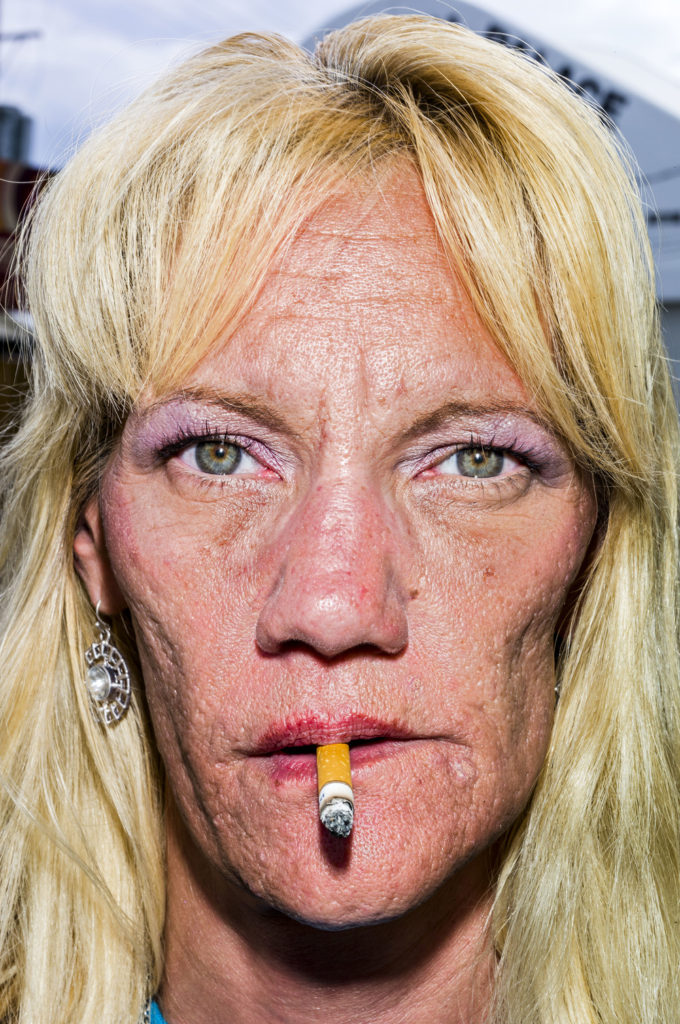
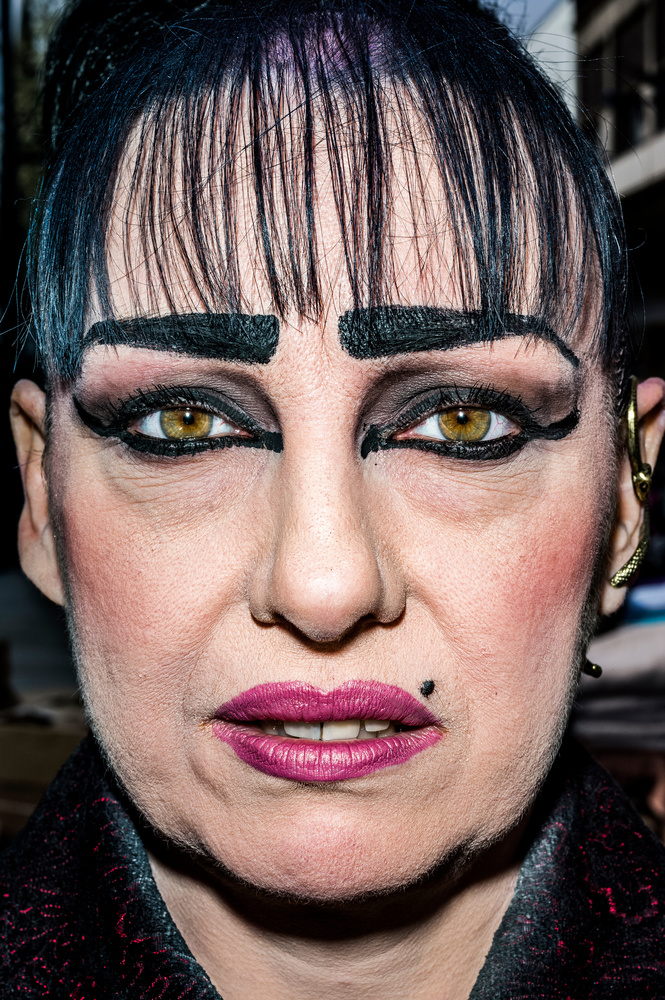


Man Ray:
Man Ray took multi exposure photographs which is something that greatly intrigues me in my work as they provide a great sense of mystery to the viewer. I also personally feel that the images this technique creates can resemble identity depending on how the subject is represented, such as this:
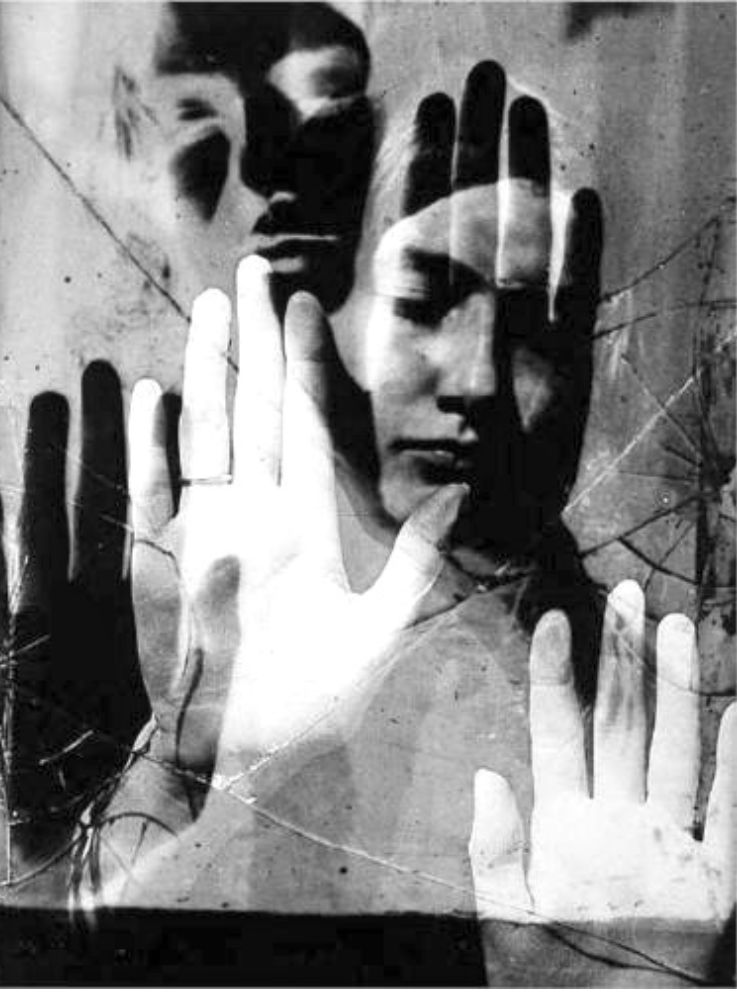
Man Ray made his “rayographs” without a camera by placing objects-such as the thumbtacks, coil of wire, and other circular forms used here-directly on a sheet of photosensitized paper and exposing it to light.
Usually, to take multi-exposure photographs you:
- Take your first photo. The camera shutter opens to expose the film to one image, then closes.
- Rewind the film and take your second photo.
- Develop both images in one photo
Examples of his work:

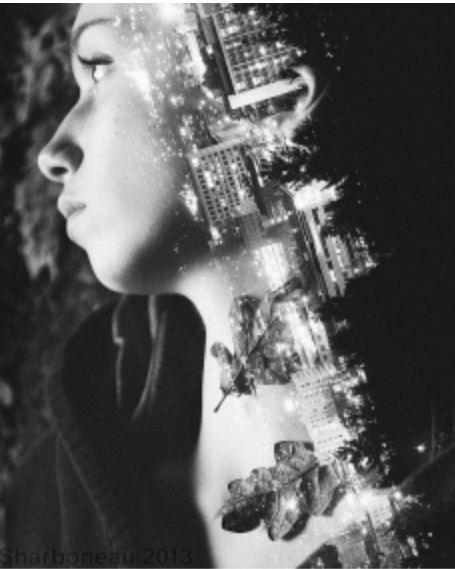
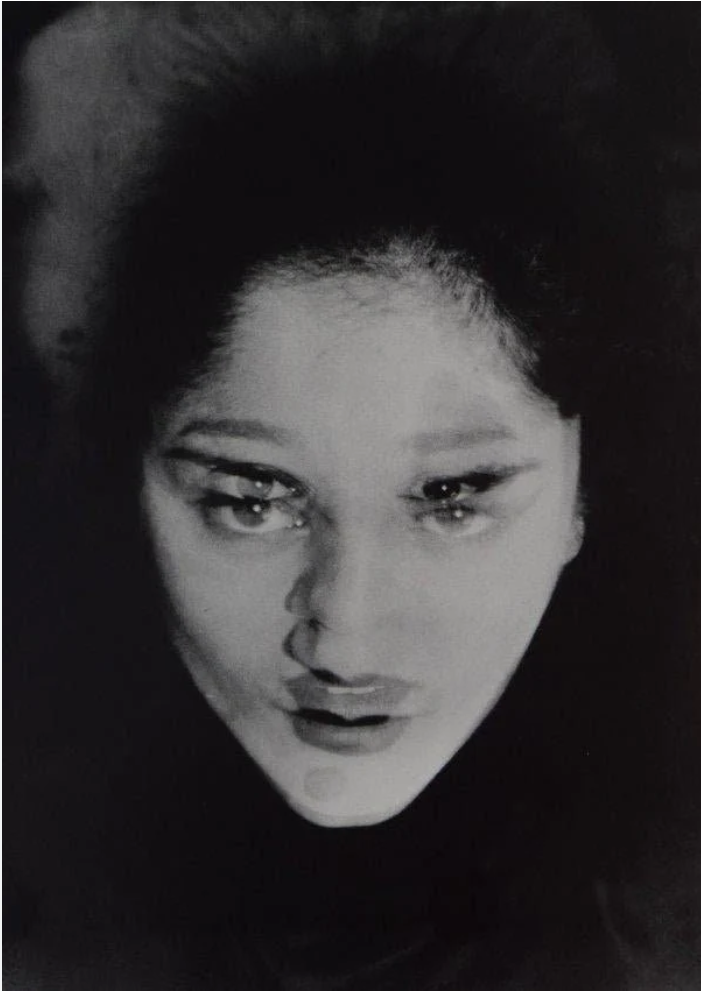
Surrealism:
Man ray was a surrealist photographer, which is what multi-exposure photography stems from. Artist have used these techniques to explore Surrealist Ideas and evoke dream-like imagery, or imagery that explores time / time lapse.
Surrealism aims to revolutionise human experience. It balances a rational vision of life with one that asserts the power of the unconscious and dreams. The movement’s artists find magic and strange beauty in the unexpected and the uncanny forms of the human face, the disregarded and the unconventional.
This art form was developed in Europe in the aftermath of World War I. The art produced depicted unnerving, illogical scenes and developed techniques to allow the unconscious mind to express itself.
It can be described as : “psychic automatism in its pure state, by which one proposes to express – verbally, by means of the written word, or in any other manner – the actual functioning of thought.” – André Breton said this which can be more simply defined as an artists way of seeing past reason and rationality, thinking outside the box into something that makes the viewer question the image. This can be described as a dream-like art form.

Another well presented blog post laying out your ideas about how to develop your headshot photographic experiments.